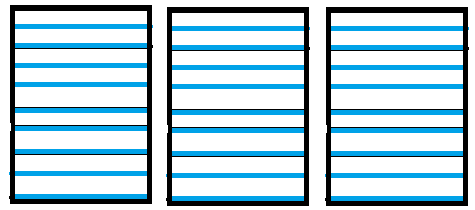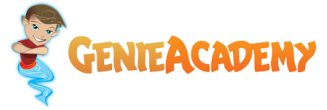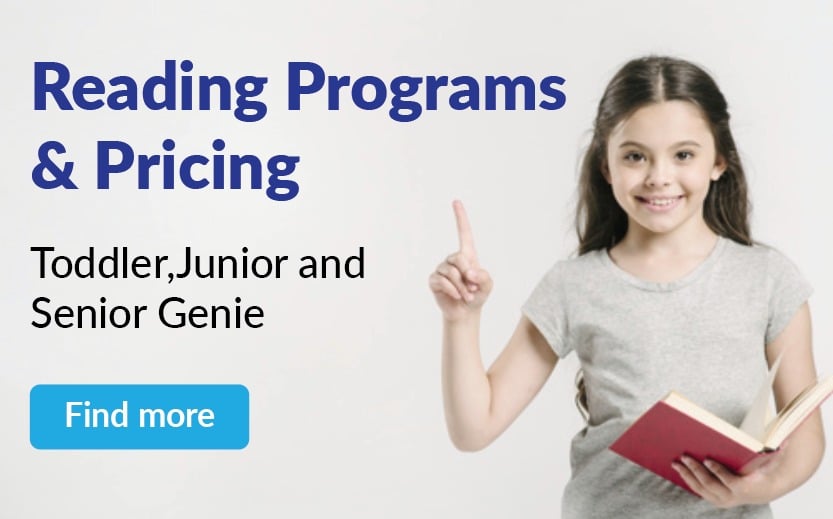 How to solve a word problem? To solve a word problem, students must learn to see the math behind the words. As children progress in school, they may encounter challenges, and one common stumbling block is word problems. Many students struggle to understand these problems because they find it difficult to translate the words into mathematical equations. Overcoming this challenge requires practice and strategies that help break down the problem into manageable steps.
How to solve a word problem? To solve a word problem, students must learn to see the math behind the words. As children progress in school, they may encounter challenges, and one common stumbling block is word problems. Many students struggle to understand these problems because they find it difficult to translate the words into mathematical equations. Overcoming this challenge requires practice and strategies that help break down the problem into manageable steps.
Steps for solving word problems, using a proven step-by-step method for solving word problems is actually quite simple:
- Read the problem out loud to yourself
- Draw a Picture
- Think "What do I need to find?"
- List what is given
- Find the key words
- Solve
- Check your work
Let’s put these steps into practice. Consider the word problem below.
Example: Kevin loves to read. He likes many different types of books. He has 3 large bookcases that each have 9 shelves on it all filled with his books. If each shelf can hold 16 books, how many books does Kevin have?
Read the Problem Out Loud
Kids have a tendency to rush through every problem. This is due to time limits on classwork and tests. If your child does not know what the problem is asking, then they cannot solve the problem. When your child reads the problem aloud, they are saying and hearing the problem. They can form a clearer picture in their head of the problem and they are more prepared to solve it.
Draw a Picture
Students need to visualize a problem to understand it, especially younger students. As they get older, they can start to visualize in their head but at a young age they should be drawing out a picture that explains to them what the problem is about. The picture should take into account all of the aspects of the problem.

Ask “What Do I Need to Find?”
Some word problems are straight forward with their questions. It can be as simple as “Molly has two dogs, Jason has three. How many dogs do Molly and Jason have together?” This one, however, we have to think about. There is more than one step for this problem. We first have to find how many shelves he has and then find out how many books are on all of the shelves to know how many books he has altogether.
List What is Given
It is always good to start with listing the things you know. If you try to solve the problem without knowing what tools you are given to solve it, you will not get the right answer. Think about the last time you tried to fill in the blanks or assume an answer without knowing all the facts. Your outcome probably did not turn out well. It is for this reason that we need to list what is given before any problem. The student should write it down at the top or side of the scrap paper so they always have it as a reference when doing the problem. For this problem, my list of what is given would be:
- Kevin has 3 book cases
- Each book case has 9 shelves
- Each shelve holds 16 books
Find the Key Words
Every word problem has key words to look out for that tell you what operation to do. As your child gets more practice with word problems, finding the key words will get easier. Here are some of the most popular key words for word problems:
|
Operation |
Key Words |
|
Addition |
“all together”, “both”, “combined”, “total”* “additional” |
|
Subtraction |
“decrease”, “difference”, “fewer”, “how many more”, “how much greater”, “have left”, “remain” |
|
Multiplication |
“doubled/tripled”, “each” “equal groups” “in al”, “of”, “per” |
|
Division |
“equal parts” “split between” “separated”, “percent” |
*this can be a key word for addition and multiplication
Solve
According to the chart above, we should use multiplication. First, we should multiply the number of shelves per case by the number of cases. 9 shelves per case x 3 book cases = 27 shelves. Next, we must multiply the number of books per shelf by the number of shelves. 27 shelves x 16 books per shelf = 432 books.
Check your answer
The last step of course is to check your work by seeing if the answer fits the question asked. Mathematically, we can check our work by doing the opposite of whatever operation we used. So for this problem, we can divide 432 by 16 and we will get 27, then divide 27 by 3 and get 9.
As challenging as word problems can be for children, following a structured approach makes them easier to understand. By practicing these steps consistently, students will gain confidence and develop stronger problem-solving skills.
How to Solve Math Word Problems
As a quick recap, here's a simple breakdown of the key steps to how to solve math word problems:
- Read the problem out loud - Helps in understanding and forming a clear picture of the problem.
- Draw a picture - Visualizing the problem makes it easier to comprehend, especially for younger students.
- Ask "What do I need to find?" - Identify the final goal or answer the problem is asking for.
- List what is given - Write down all the known information to keep track of important details.
- Find the key words - Recognize words that indicate mathematical operations (e.g., "total" for addition, "each" for multiplication).
- Solve - Use the correct mathematical operation to find the solution.
- Check your work - Verify the answer by using the reverse operation or rereading the problem.
By applying these steps, students will find word problems less overwhelming and become more confident learners.
As a top-rated math tutoring program in New Jersey, Genie Academy provides after-school enrichment programs for students in Pre-K through grade 8 covering math, reading, writing, and coding. Learn more about math tutoring in Hillsborough, math tutoring in East Brunswick, math tutoring in Marlboro, math tutoring in South Brunswick, math tutoring in Plainsboro, and math tutoring in South Plainfield.





